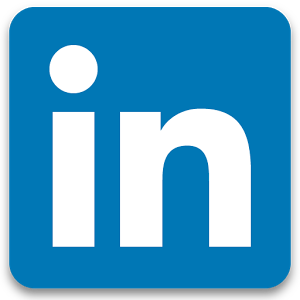M&A Selling Memorandum

M&A Selling or Offering Memorandum
When selling a business, it is important to think about the best way to present the business to potential buyers. A key step is to make sure that the presentations and documents that are used are tailored to the audience, i.e., the buyers or investors. An M&A Selling Memorandum that goes into too many technological details, for example, will not interest potential suitors. People who are thinking about investing money in a company will be more likely to consider a company with a document that addresses their various concerns.
The best way to inform buyers about a business that is for sale is via an M&A Selling Memorandum, which is usually called an Offering Memorandum or Confidential Information Memorandum (“CIM”). This document should outline all of the basic information about the seller’s company, especially the unique selling points. However, despite the fact that buyers will execute a Non-Disclosure Agreement (“NDA”) to receive the information, it is important not to give out confidential information that could be used by competitors. Highly confidential information should be shared with the buyer during due diligence and should not be included in the selling memorandum. At the risk of being redundant on this point, it is important to have potential buyers sign a Non-Disclosure Agreement before they receive the selling memorandum. And, the selling memorandum should include a copyright notice, as well as a note stating that the reader is subject to the terms and conditions of the NDA.
A quality selling memorandum will answer basic questions about the company, e.g., where it’s located, who owns it, a description of the products or services, customer information, number of employees, location and cost of facilities, etc. It will also explain why it is a good investment. Furthermore, it will include information about the company’s history and growth potential, and explain why the business is being sold. In conclusion, the importance of this document should not be underestimated. It is the seller’s best chance to generate interest in the business and help buyers understand the company’s potential.
It is obviously crucial to focus on the best aspects of the business, but it is equally important not to leave out any potentially negative features. Everything needs to be true and verifiable, and buyers will lose interest if they discover hidden problems further down the line. Of course, there may also be benefits that are not immediately obvious from the financial information. Revealing both the good and the bad demonstrates the benefits of purchasing the company while also demonstrating to the buyer that the seller is trustworthy and that there will not be any surprises later on.
The selling memorandum should be prepared by a well-experience M&A advisor. This way, the seller can make sure that its selling memorandum conveys all the information a buyer will need to make an offer that will excite the seller.
Versailles Group is a 29-year-old Boston-based investment bank that specializes in international mergers, acquisitions, and divestitures. Versailles Group’s skill, flexibility, and experience have enabled it to successfully close M&A transactions for companies with revenues between US$2 million and US$250 million. Versailles Group has closed transactions in all economic environments, literally around the world. Versailles Group provides clients with both buy-side and sell-side M&A services, and has been completing cross-border transactions since its founding in 1987. More information on Versailles Group, Ltd. can be found at www.versaillesgroup.com.
For more information, please contact
Donald Grava
Founder and President
617-449-3325
March 17, 2016







